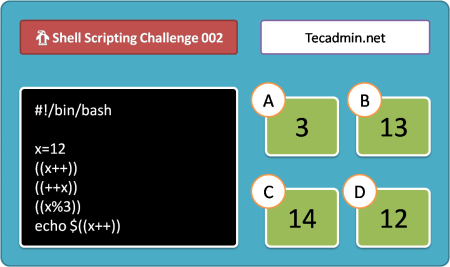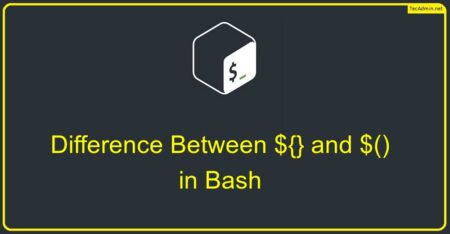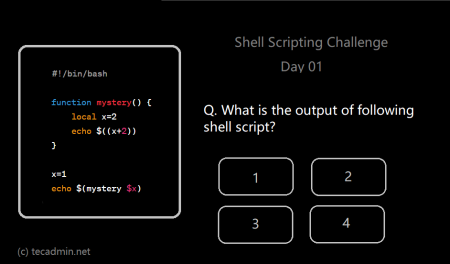Bash scripting is an essential skill for system administrators, programmers, and anyone who wants to automate tasks on Unix-like systems. One of the powerful features of Bash scripting is command substitution, which allows you to execute a command within another command. This feature enables you to create dynamic and flexible scripts, making your automation tasks more efficient and effective.
In this article, we will explore the concept of command substitution in Bash scripting, its syntax, and various use cases to help you better understand and apply this powerful feature in your scripts.
1. Understanding Command Substitution
Command substitution is a feature in Bash scripting that allows you to execute a command and use its output as an argument or part of another command. It can be used to create dynamic scripts, process the output of one command with another, or generate filenames based on specific criteria.
2. Syntax for Command Substitution
There are two different syntax options for command substitution in Bash scripting:
2.1. Using $(command) syntax:
This is the modern and recommended way to perform command substitution. It is more readable and allows for nested substitutions.
Example:
1 2 3 4 5 6 7 | #!/bin/bash # Get the current date and time current_date=$(date) # Print the current date and time echo "Current date and time: $current_date" |
2.2 Using command syntax:
This is the older, less recommended way to perform command substitution. It is less readable and may cause confusion with other backtick uses in scripts.
Example:
1 2 3 4 5 6 7 | #!/bin/bash # Get the current date and time current_date=`date` # Print the current date and time echo "Current date and time: $current_date" |
3. Examples of Command Substitution
Here are some examples to demonstrate the versatility and power of command substitution in Bash scripting:
Example 1: Count the number of words in all text files
1 2 3 4 5 6 7 8 9 10 | #!/bin/bash # Get a list of all the text files in the current directory text_files=$(ls *.txt) # Count the number of words in all text files word_count=$(wc -w $text_files) # Print the word count result echo "Total word count in text files: $word_count" |
Example 2: Compress files modified within the last 7 days
1 2 3 4 | #!/bin/bash # Find all files modified within the last 7 days and compress them tar -czf archive_$(date +%Y%m%d).tar.gz $(find . -type f -mtime -7) |
4. Use Cases and Best Practices
Command substitution can be used in various situations to improve your scripts:
- Generate dynamic filenames based on specific criteria, such as the current date or time
- Process the output of one command with another command
- Create more readable and efficient scripts by combining multiple commands into one
When using command substitution, it is important to remember the following best practices:
- Use the modern $(command) syntax for better readability and nesting capabilities
- Always quote the command substitution if you expect it to return a value with spaces or other special characters
- Be cautious when using command substitution with user-supplied input to avoid potential security risks
Conclusion
Command substitution is a powerful feature in Bash scripting that enables you to create dynamic and flexible scripts. By understanding its syntax and use cases, you can greatly enhance your automation tasks and improve the efficiency of your scripts.
Remember to use the modern $(command) syntax for better readability and nesting capabilities. By combining command substitution with other Bash features such as loops, conditionals, and functions, you can create more robust and versatile scripts to tackle a wide range of tasks.
With the knowledge of command substitution in your scripting toolkit, you are now better equipped to create dynamic commands and handle complex automation tasks on Unix-like systems. Keep practicing and exploring the potential of Bash scripting to unlock its full power and make your daily tasks more efficient and enjoyable.



